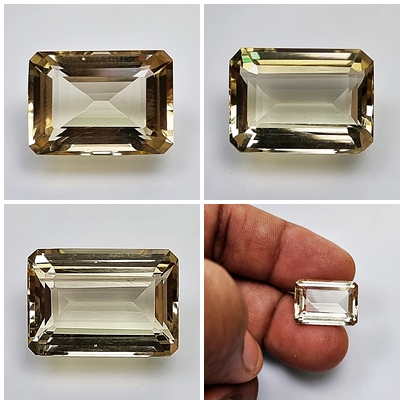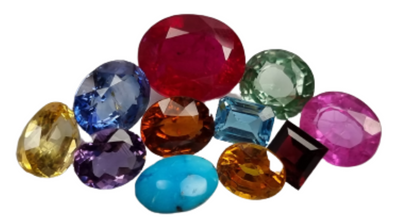
Bytownite: Gemstone Information
Bytownite (70–90% anorthite) is the least common plagioclase. It is usually found as compact masses and grains in gabbros, norites, allivalites and anorthosites. It also forms from sodic metasomatism of metamorphic rocks. Often it occurs as part of compositionally zoned feldspars. Notable localities include Canada (Ottawa); USA (small to medium-sized pieces of light brown bytownite from Arizona and New Mexico can be faceted into 0.5–2 ct, eye-clean stones; RI = 1.57; SG = 2.73) (Oregon); Mexico (large stones (yellow) 50 + cts; rough 100 + cts) (Casas Grande, Chihuahua; Santiago de Papasquiaro, Durango); India (Trichy) and South Africa.
It is important to note that compositional variation may occur within any given calcium rich plagioclase provance such that intermediates may range from andesine through labradorite to bytownite. Some material previously reported as bytownite has been shown to be labradorite and vice versa. (Pueblo Park, New Mexico bytownite was reputedly
analyzed by EPMA and found to be on the labradorite side of the labradorite–bytownite boundary.)
Appearance
Crystals are translucent to opaque and only sometimes transparent. Polysynthetic and simple twinning ubiquitous. Lamellar twinning may cause a grooved effect on crystal and cleavage surfaces that appear as striations.
• Color: Usually white, grey or colorless but can be pale shades of other colors or light pastel yellow
• Luster: Vitreous to dull.




